The greatest racing engine of all time. That's a bold claim maybe, but over the course of 16 years from its debut on 4 June 1967, the Ford Cosworth DFV won more than 150 grands prix and was instrumental in revolutionising the way Formula 1 cars were designed.
Astonishingly, the DFV was also the first racing engine that its creator, Keith Duckworth, had designed entirely from a clean sheet.
The statistics behind the naturally aspirated 2992cc 90deg V8 make impressive reading even today. DFV stands for double four valve, because the flat-plane crank effectively gives the same configuration and firing order of two four-cylinder 16-valve engines.
The block was cast aluminium with 'drop-in' cast-iron liners and the two cylinder banks were staggered to avoid the need for forked connecting rods. To keep the engine gas tight, with its 11:1 compression ratio, the cylinder heads were sealed to the block using Cooper mechanical joints – effectively gas-filled steel O-rings.
The four camshafts were gear-driven from the front of the engine, it had dry-sump lubrication and three oil pumps featured, two to scavenge oil from the sump and one to pressurise the oil to a high 85psi.
There were two water pumps and, mounted between the vee, a Lucas mechanical fuel-injection system with eight slide-throttle bodies topped by eight large-intake trumpets. The ignition system was originally a Lucas Opus (oscillating pick-up system) but was soon scrapped in favour of a capacitive discharge system manufactured by German firm Walter Scherag.
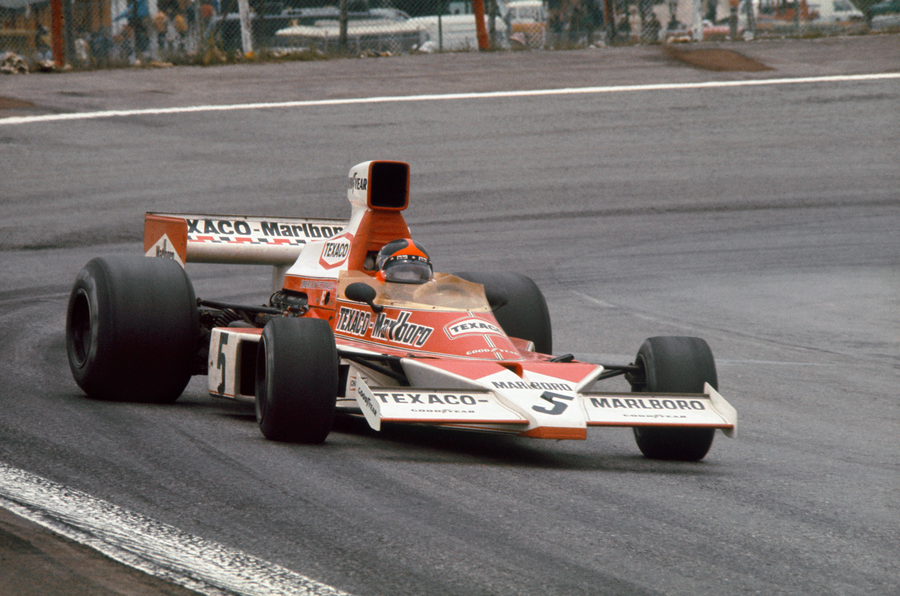

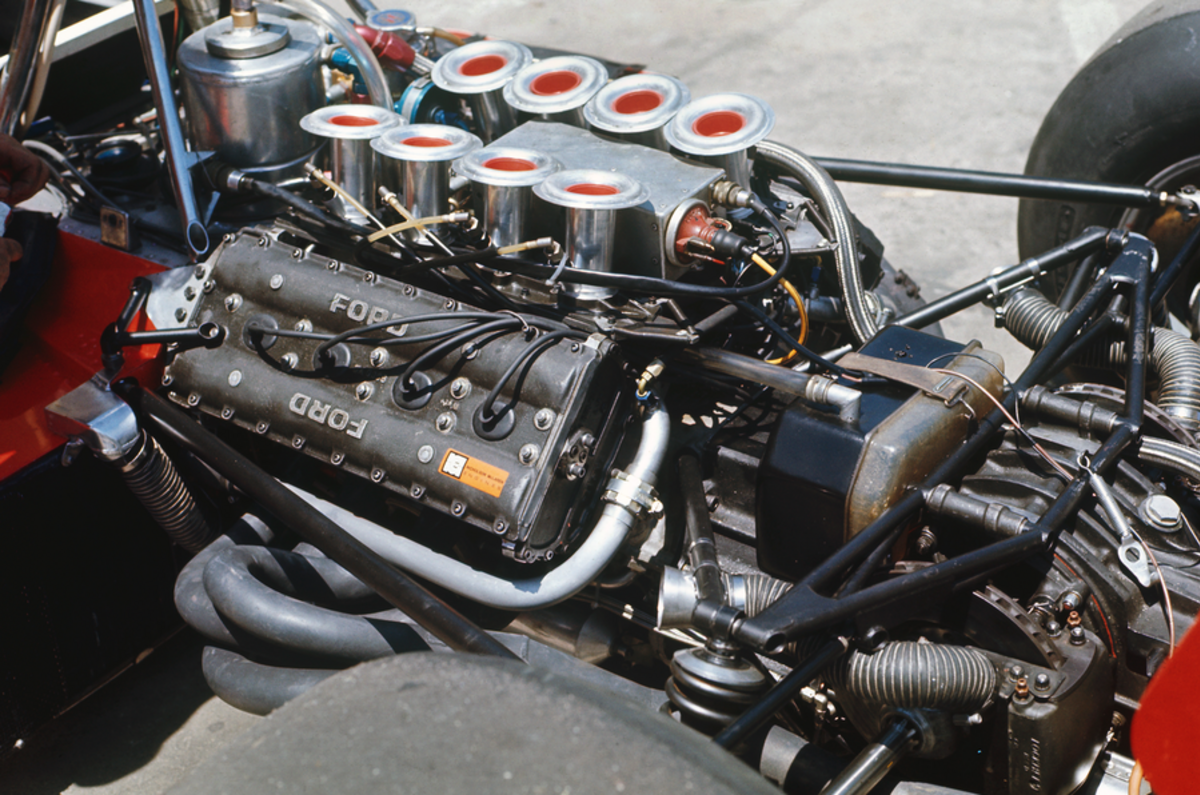

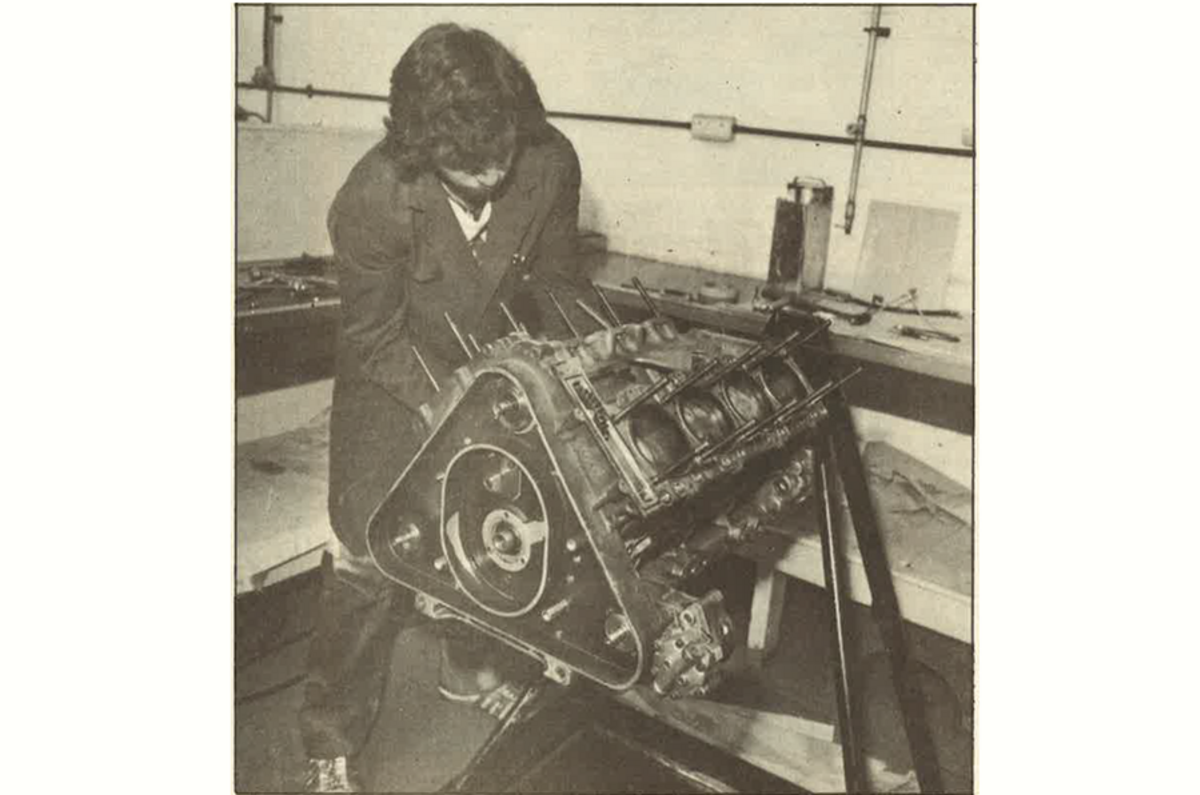
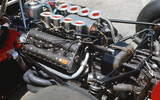
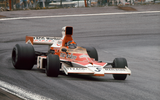
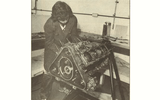

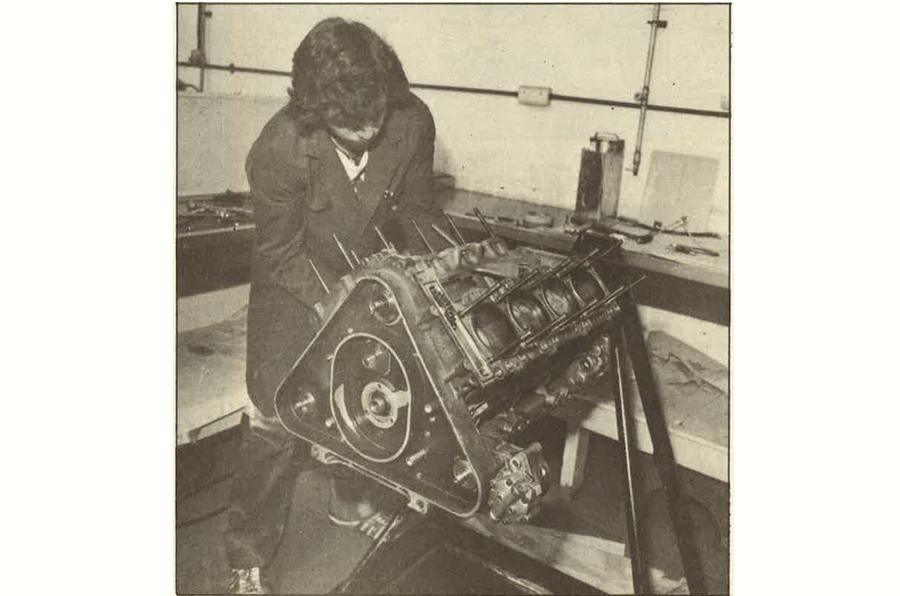

Join the debate
Add your comment
An enjoyable and enlightening article. I think the follow up (turbo) engine to was the subject of the Brilliant classic 1986 Equinox programme - Turbo - The Cosworth V6 Turbo for the 1986 F1 Season well worth watching for anyone who happens to be reading this article.
I think it probably is one of the greatest racing engines, given that it has powered so many cars in so many classes/formulae over the years.